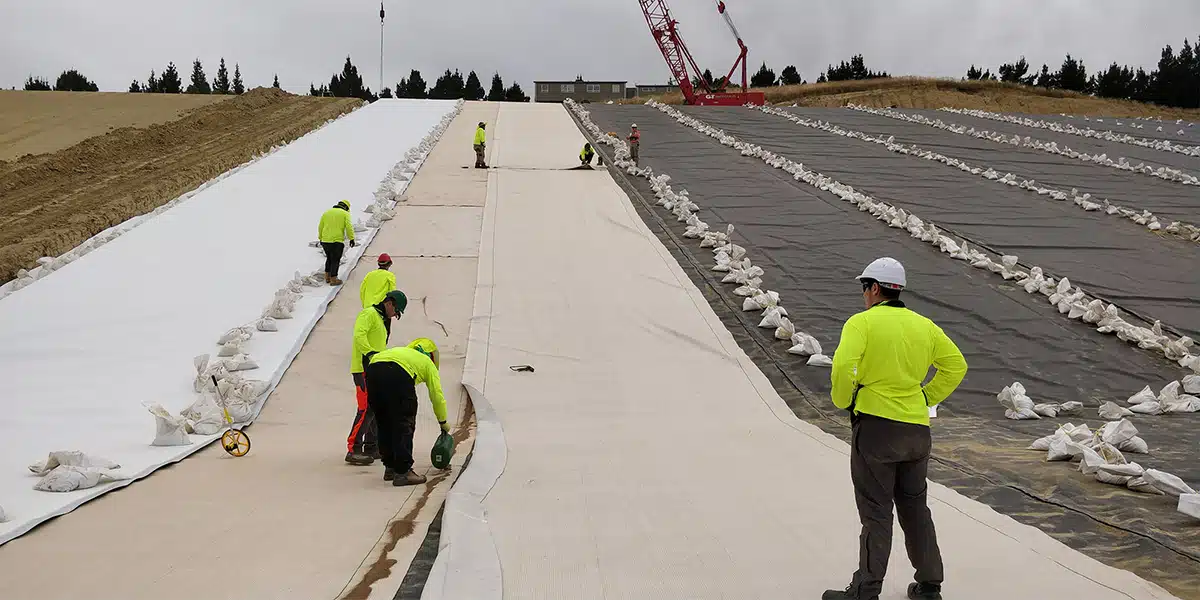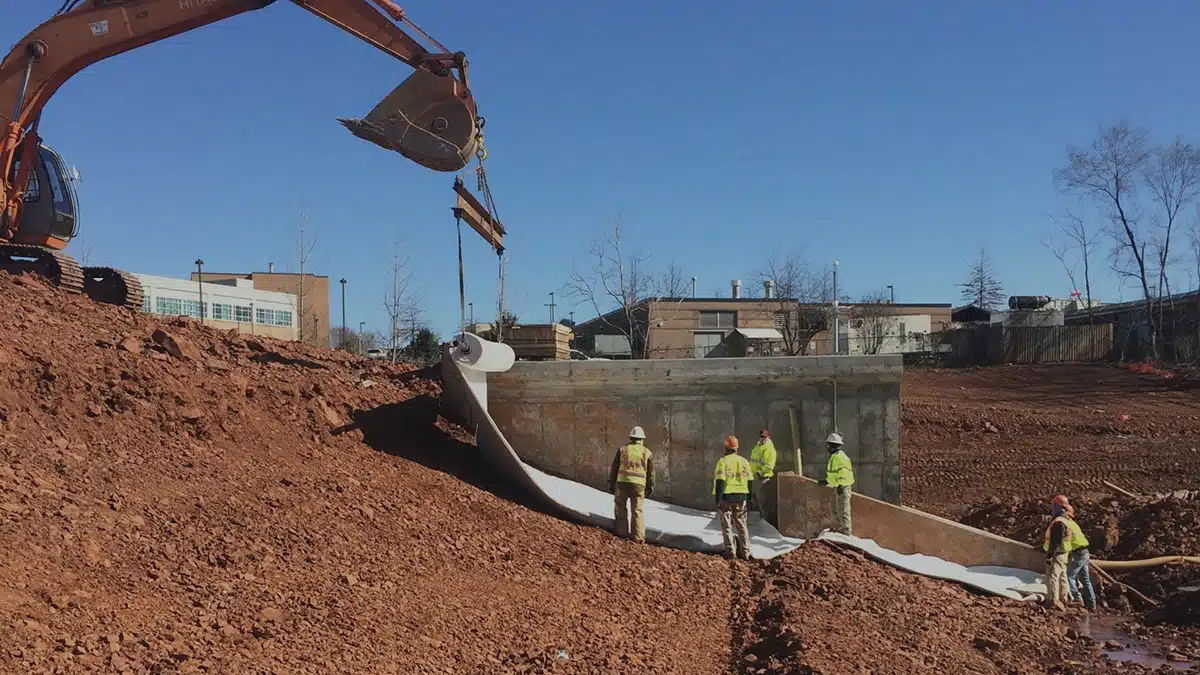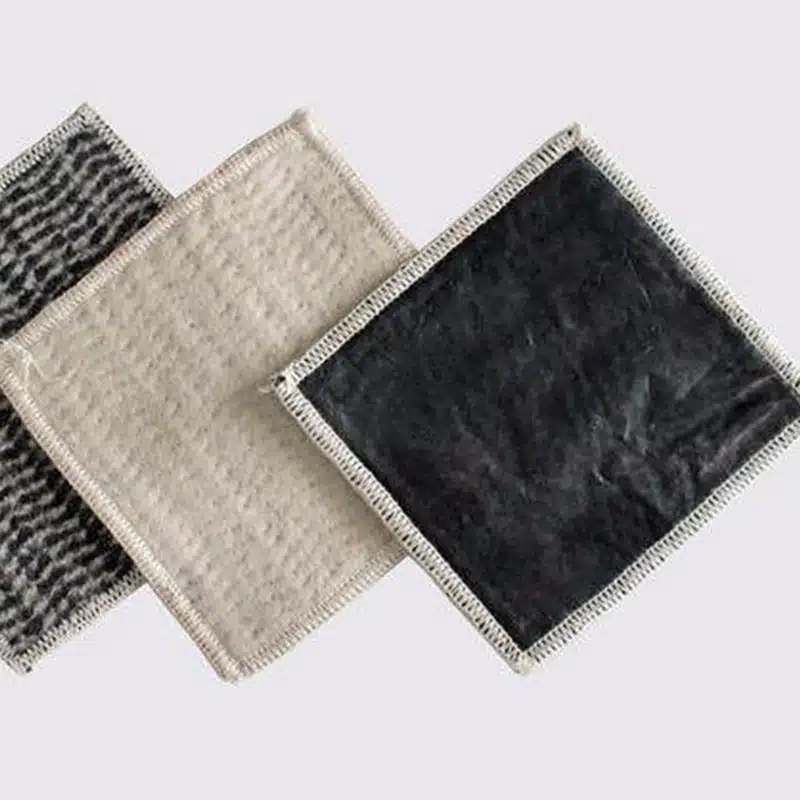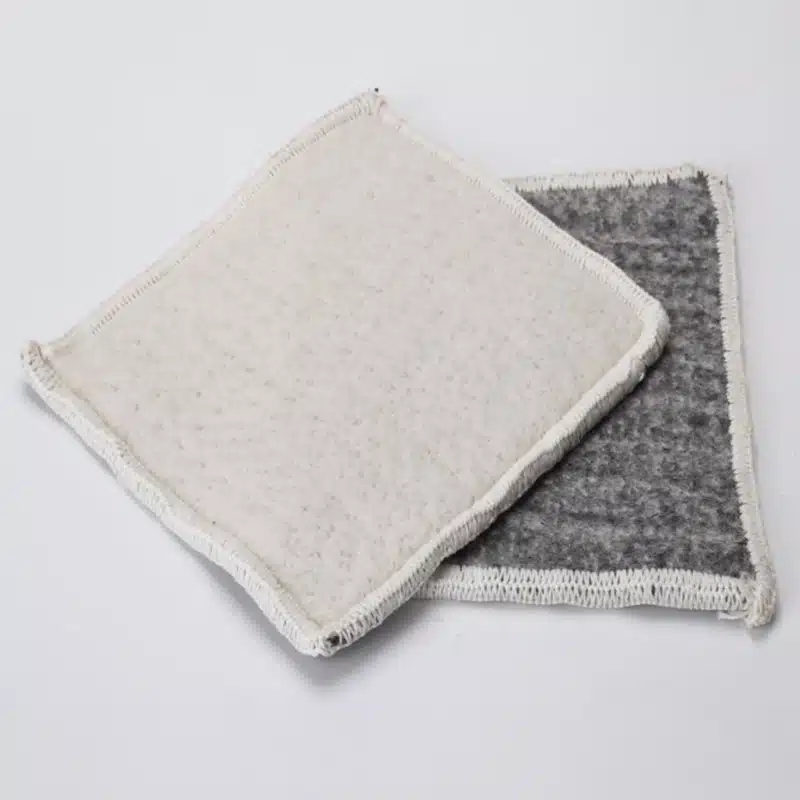+86-159 9860 6917
info@geofantex.com
geofantex@gmail.com
+86-400-8266163-44899
Geosynthetic clay barriers (GCBs) are essential in various construction and environmental projects. In this article, we will explore what GCBs are, their applications, and their requirements.

What is a geosynthetic clay liner?
A geosynthetic clay liner, or geosynthetic clay barrier, is a factory-made material used in civil engineering and environmental projects. It includes layers of geotextiles and a compacted layer of sodium bentonite clay, serving as a barrier to control liquid or gas movement in various engineering applications.
What is geosynthetic clay liner used for?
Geosynthetic clay liners find broad applications across various industries, providing containment as a hydraulic barrier to water, leachate, other liquids, and sometimes gases. Some common uses include:
- Landfills: GCBs prevent harmful leachate leakage into the soil and groundwater.
- Pond and reservoir lining: They seal ponds, reservoirs, and containment basins, preventing water seepage.
- Environmental containment: GCBs isolate contaminated sites from the environment in remediation projects.
- Mining: They line tailings ponds, preventing the release of harmful materials.
- Construction: GCBs are a moisture barrier in road construction, foundation walls, and structures, preventing water infiltration.
- Agriculture: They line irrigation canals, preventing water loss and improving efficiency.

What are the key advantages of using geosynthetic clay barriers?
There are several advantages to using geosynthetic clay barriers:
- Environmental protection: GCBs help prevent the contamination of soil and groundwater, thus safeguarding the environment.
- Cost-effective: They are a cost-effective solution compared to traditional clay liners, as they require less material and labor.
- Easy installation: GCBs are relatively easy to install, reducing construction time and costs.
- Versatility: GCBs can be customized to suit various project requirements, making them versatile in different applications.
What factors should be considered when selecting a geosynthetic clay barrier?
When selecting a geosynthetic clay barrier, several factors should be considered:
- Site conditions: The geological and hydrological conditions of the site must be carefully assessed to determine the appropriate GCB thickness and specifications.
- Material quality: The quality of geosynthetic clay barrier materials is crucial to its long-term performance. Ensure that high-quality materials are used.
- Installation expertise: Proper installation by experienced professionals is vital for the barrier’s effectiveness.
- Regulatory compliance: Comply with local environmental regulations and standards when designing and installing GCBs.
In conclusion, geosynthetic clay barriers are invaluable engineering materials used to protect the environment, control seepage, and enhance the performance of various construction and environmental projects. By understanding their applications, advantages, and selection criteria, you can make informed decisions when using GCBs in your projects.



Get Free Sample
We’ll respond as soon as possible(within 12 hours)






















